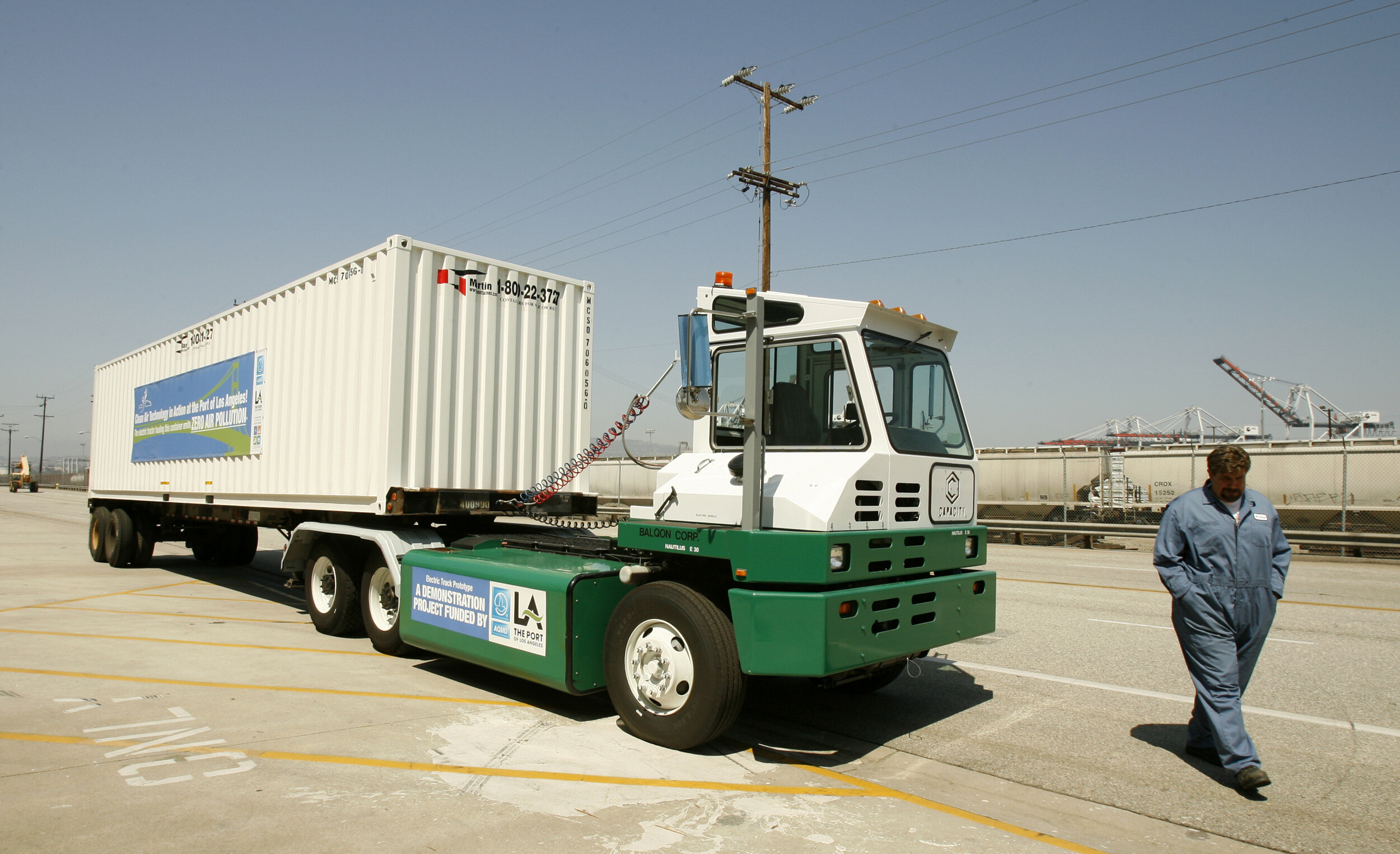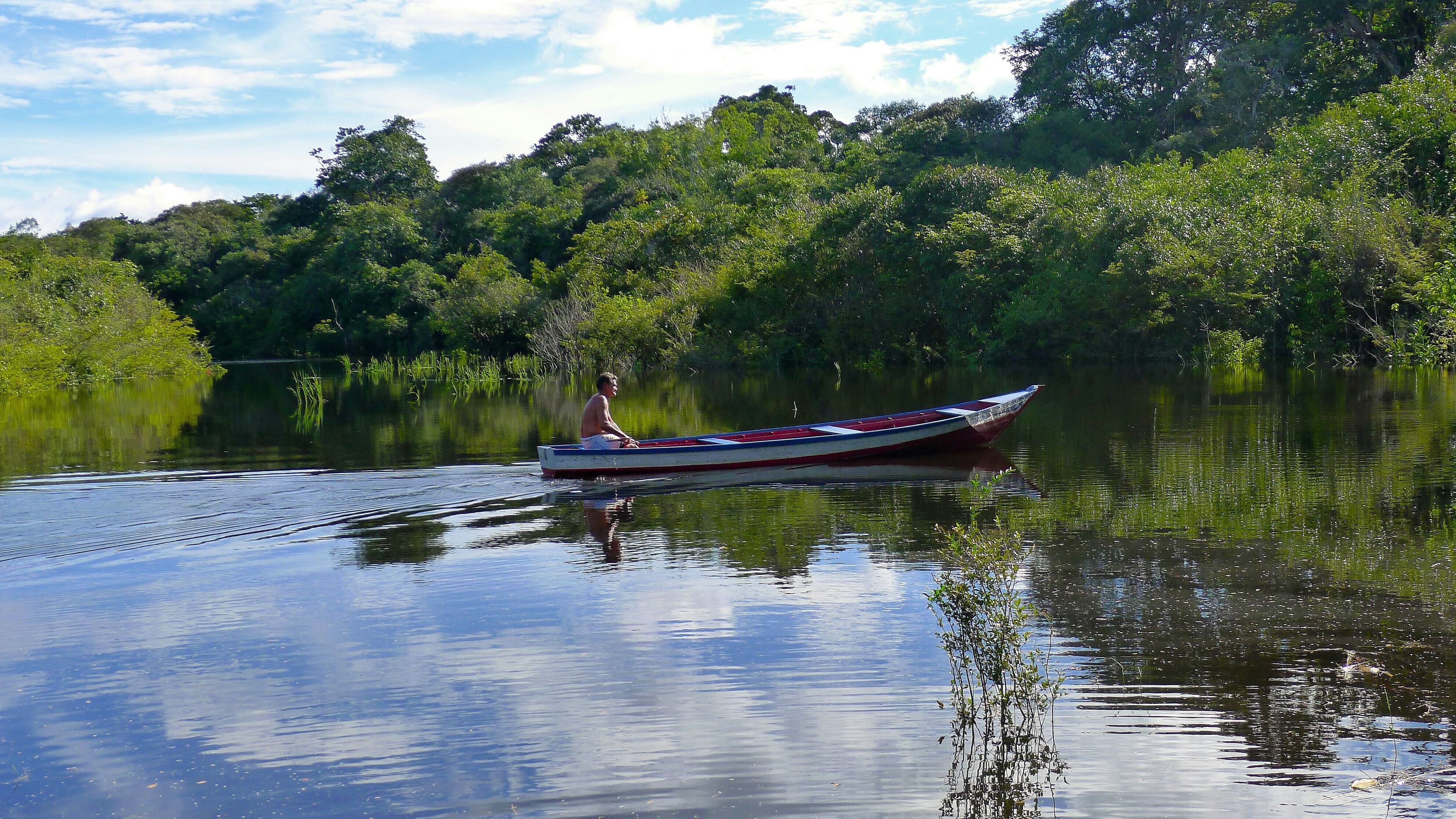Why the circular economy makes business sense

We are at a fork in the road in terms of the global economy. One path points to the same linear “take, make and waste” model we have had since the Industrial Revolution. The other points towards a more regenerative and sustainable circular economy.
With a world population forecast to rise from 7 billion people to 9.6 billion by 2050, the planet won’t be able to provide all the resources we need. And we have yet to learn how to manage our resources more carefully. For example, about 80% of waste from consumer goods such as food, beverages, packaging, clothes and shoes ends up in incinerators, landfill and wastewater. By mid-century, some environmentalists say, we might need five planet earths to sustain our needs if nothing is done to improve resource efficiency.
Consumer demand is forecast to shoot up in the decades ahead. By 2025, for example, the management consultancy McKinsey has estimated that annual consumption in the emerging markets could rise to $30 trillion, up from $12 trillion in 2010, and could account for nearly 50% of the world’s total, up from 32% in 2010. This trend is to be welcomed: it generates more wealth across society and delivers greater business opportunities. But we need to meet this opportunity in a sustainable way.
A report, Towards the Circular Economy, predicted that a fully circular global economy could generate as much as a trillion dollars a year in cost savings. Speaking at Davos, McKinsey’s Managing Director Dominic Barton said: “Every day we are losing the equivalent of $3-4 billion worth of materials. If that was a financial loss, it would represent a continuous series of black Fridays.”
In the circular economy, manufacturers become responsible for designing products that can be recycled, reused or remanufactured in a non-toxic closed loop. One barrier to this new world is the current consumer model of asset owning. A better approach for the circular economy would be to pay for a service, with the goods remaining the responsibility of the manufacturer.
We are used to this with office photocopiers. So why not for other goods? The result would be transformative. With the right financial leasing models in place, manufacturers would have a profitable alternative model for their products. In retaining ownership, they would be responsible for maintenance and for taking the products back for recycling, reuse or remanufacturing. In short, they would have strong incentives to design products for durability and the closed loop.
In this world customers might not own a forklift machine, for example, but they would gain a lifting service. In the healthcare sector, hospitals might no longer own an MRI machine, but they would have a top quality tumour scanning service.
It’s already working. A German trailer manufacturer we work with is able to extend the product life of its range from the current average of 12 years to 15-20 years by offering refurbished trailers on an operational lease basis. The trailers have the look and feel of a three-month-old model.
According to Forbes, the shared economy could generate $3.5 billion a year. The increase in popularity of high-value shared economy brands like Airbnb and Uber demonstrates that people are ready to move away from owning things. In the financial solutions industry we are already seeing more interest in rental and circular methods. Financial solutions such as lifecycle asset management, where manufacturers can extend the life of their products through reuse, remanufacturing and recycling, are one example.
Our research at DLL has found that there are advantages for manufacturers and dealers in selling remanufactured or refurbished goods – known as second life assets – as part of their portfolio. Recent research suggests, for example, that manufacturers achieve higher margins for these assets compared to new products.
Some leading companies are taking the circular path and proving it works. Take Philips, for example. They now sell lighting as a service, where customers pay for the light they need on a leasing basis.
The company’s chief executive officer has spoken about this shift: “We need to design products that are upgradable and maintainable and that can be mined for materials and components that can be reused. Our mindset needs to be 15 years out – not just ‘now’ – and it requires us to think in an end-to-end way, involving our suppliers and sales force.”
The fork in the road presents all of us with a choice, and more and more businesses are taking the circular route.
Author: Bill Stephenson, Chief Executive Officer and Chairman of the Executive Board, DLL
Image: A residential tower is framed from inside a sculpture containing 7,000 recycled plastic water bottles with LED lights, measuring 20 metres in diameter and 10 metres in height, at Hong Kong’s Victoria Park September 10, 2013. REUTERS/Bobby Yip
Don't miss any update on this topic
Create a free account and access your personalized content collection with our latest publications and analyses.
License and Republishing
World Economic Forum articles may be republished in accordance with the Creative Commons Attribution-NonCommercial-NoDerivatives 4.0 International Public License, and in accordance with our Terms of Use.
The views expressed in this article are those of the author alone and not the World Economic Forum.
Stay up to date:
Future of the Environment
Related topics:
Forum Stories newsletter
Bringing you weekly curated insights and analysis on the global issues that matter.
More on Climate Action and Waste Reduction See all
Wee Kean Fong and Yvonne Zhou
November 19, 2025







